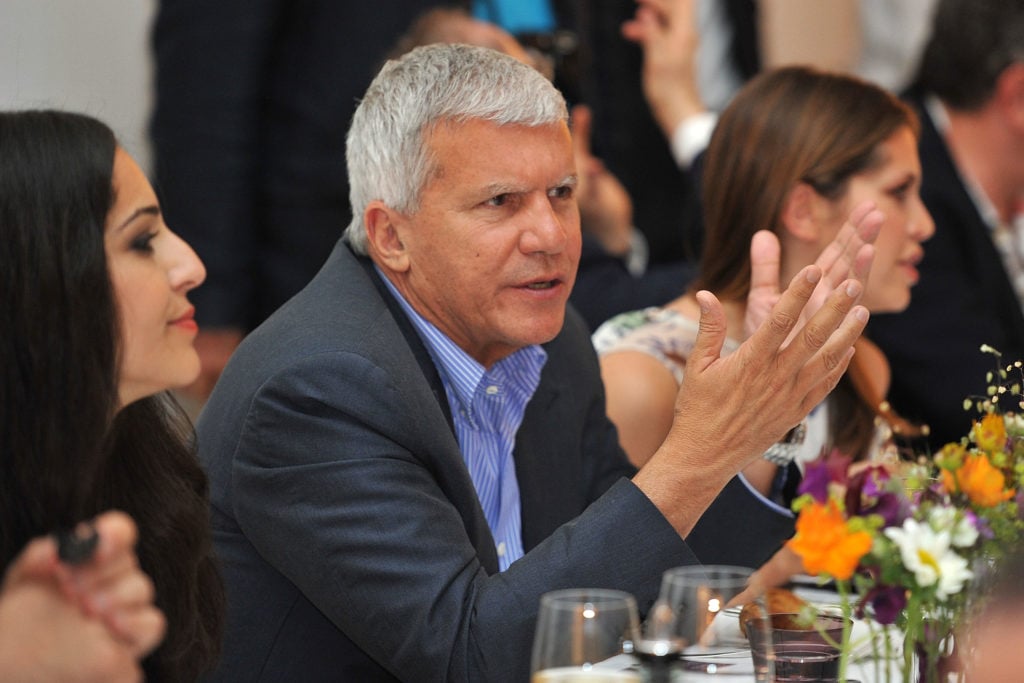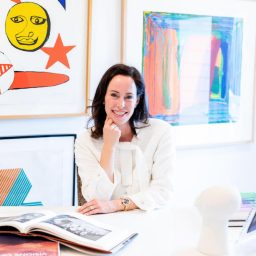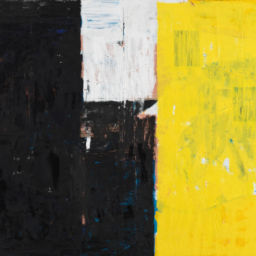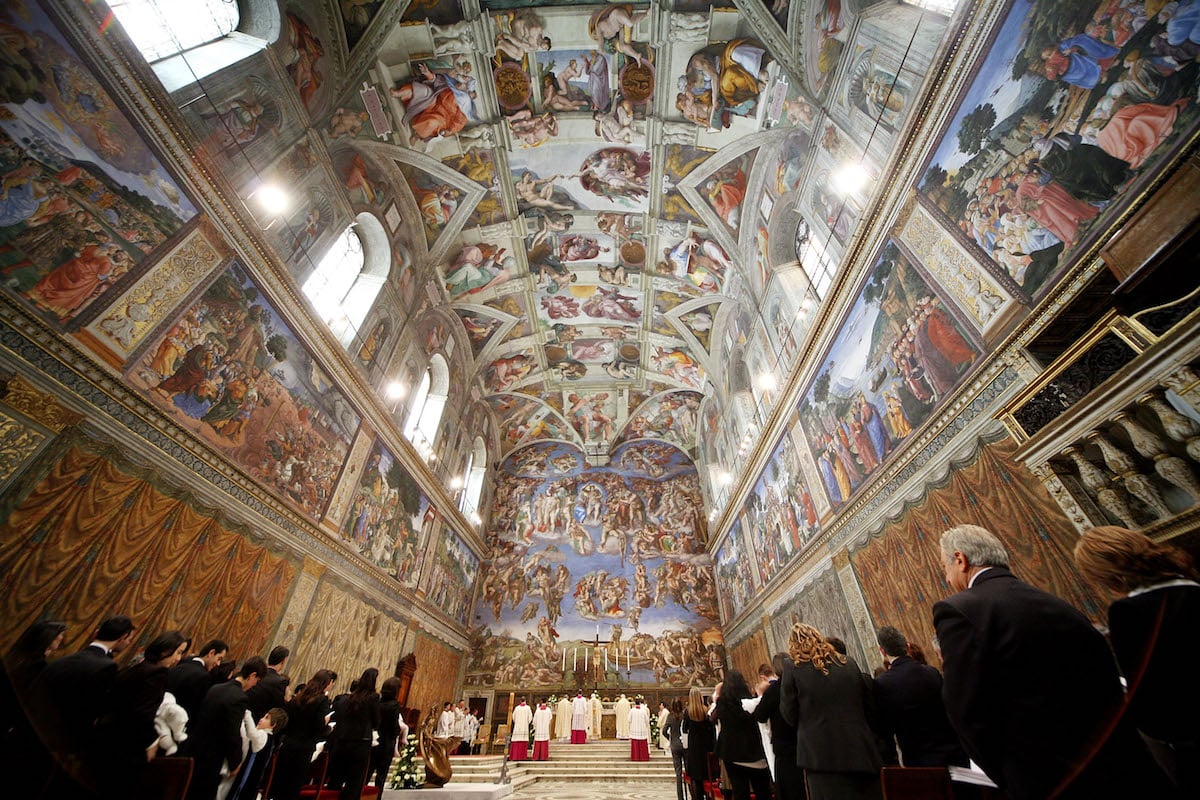Every Monday morning, artnet News brings you The Gray Market. The column decodes important stories from the previous week—and offers unparalleled insight into the inner workings of the art industry in the process.
This week, assessing change at the top of the gallery world—and beyond…
REMODELING JOB
On Tuesday, Kelly Crow of the Wall Street Journal broke the story of a significant restructuring and expansion at global powerhouse Gagosian. (For those of you blockaded by the WSJ’s paywall, my colleague Eileen Kinsella covered the highlights for us at artnet News.) And as much as the changes reflect important trends in the art market, I think they’re just as reflective of important trends in the wider economy.
Effective immediately, gallery director Andrew Fabricant has been named to the newly established post of chief operating officer—a decision Larry Gagosian announced to a nascent 24-member advisory board of his top salespeople. Separately, the mega-dealer also struck a pact with Laura Paulson, Christie’s former global chairman of 20th century art (and also Fabricant’s wife), to lead a new business called Gagosian Art Advisory, LLC. In Crow’s words, “Ms. Paulson’s firm will be set up to operate under the Gagosian brand but separately from its sales teams, with her own office, staff, and database,” which will be used to “manage, conserve, and appraise collections and estates.”
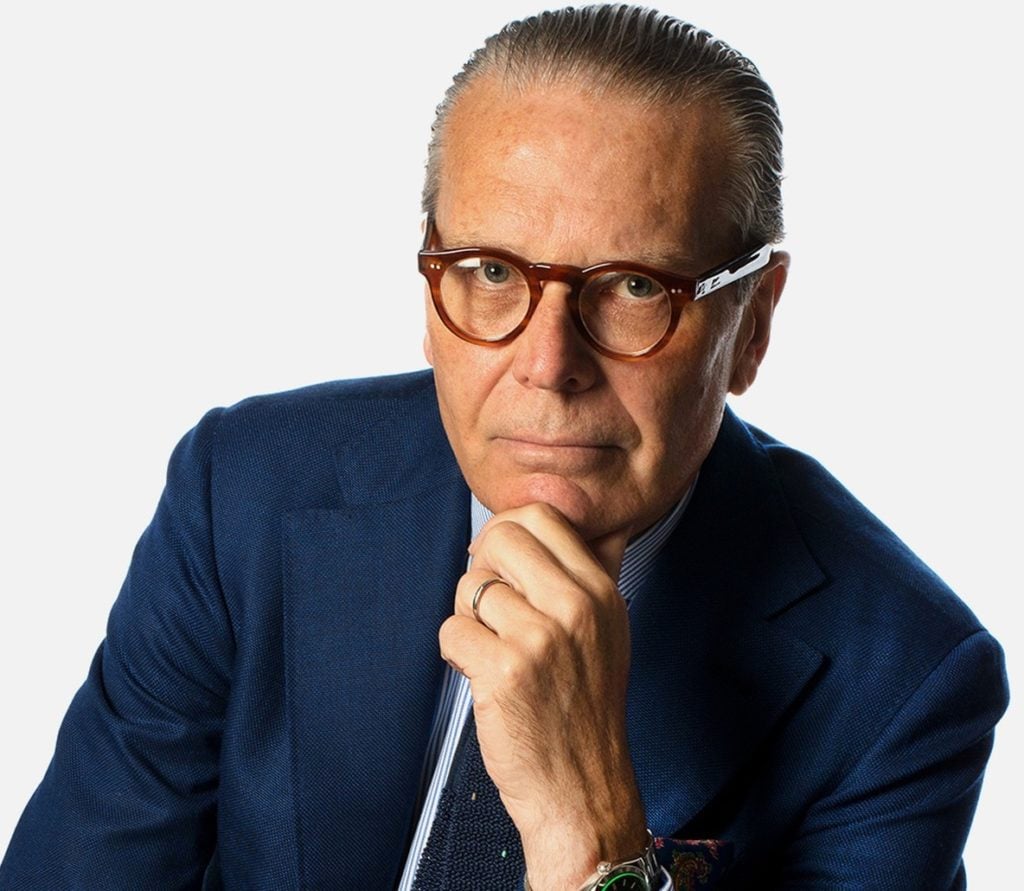
Andrew Fabricant, newly named Chief Operating Officer of Gagosian. Photo: courtesy of Gagosian.
Now, I’m not going to spend much time on Fabricant’s promotion, because I think it’s a straightforward, sensible move for a business of Gagosian’s size and market muscle. Almost everyone in the art world thinks the move has obvious implications for succession planning when the time comes, despite Larry denying as much when Crow asked. So I guess let’s just forget this exchange from his conversation with mega-collector and FLAG Art Foundation founder Glenn Fuhrman at the 92nd Street Y last February?
Fuhrman: I can’t think of any other billion-dollar business in the world that theoretically could disappear because it’s so reliant on a leader. Is your business something that could survive you?
Gagosian: We are working on that… I don’t have children and that’s usually how these legacies are established… But this is something that is really important to me.
Anyway, it’s worth mentioning that Fabricant isn’t even the first occupant of Gagosian’s corporate-style C-suite, since Gareth O’Loughlin, a former tech executive at online mattress kingpin Casper, was hired as chief technology officer late last year. In that context, a Gagosian COO was probably something wonks like me should have seen coming months ago, and Fabricant is eminently qualified for the job.
What I’m much more interested in is Gagosian Art Advisory, LLC, for reasons inside and outside the trade.
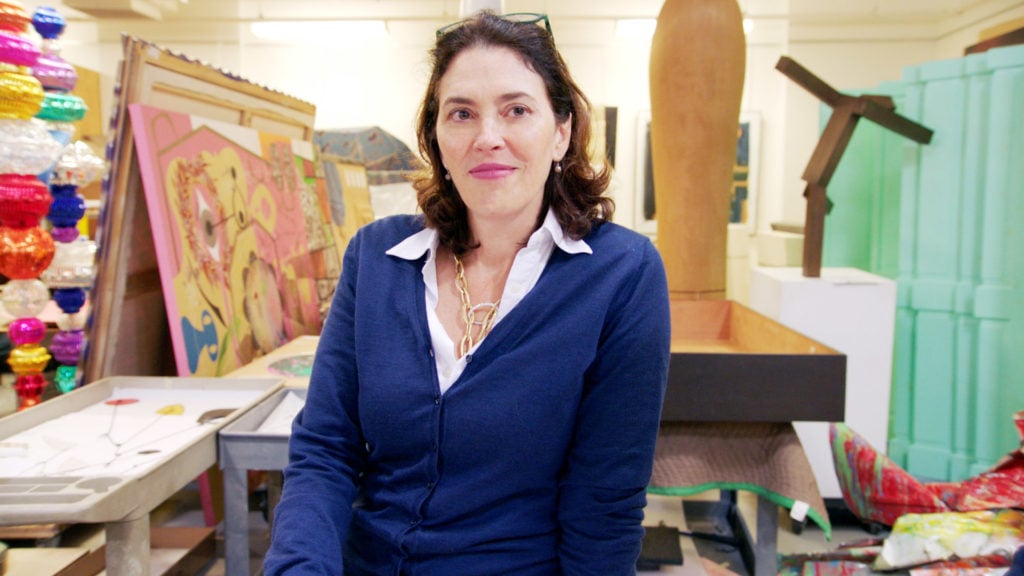
Art Agency, Partners co-founder and Sotheby’s chairman and executive vice president Amy Cappellazzo in The Price of Everything. Image courtesy of HBO.
CLONE WARS
On the advisory front, the foil that appears in Crow’s piece is Art Agency, Partners, the high-end advisory firm acquired by Sotheby’s in 2016. Although AAP continues as an independently run subsidiary of the auction house, the three original partners—Amy Cappellazzo, Allan Schwartzman, and Adam Chinn—later took on new roles at Sotheby’s. (Chinn departed late last year.) And while there’s merit to the comparison, the story is also much more complex.
As collector Alain Servais noted in a 2015 essay, the high-end-gallery and auction-house models have been on a collision course since the late 1990s. The clone war erupted when the major houses started aggressively consigning works by emerging artists rather than sticking with older, established ones. They then doubled down on private sales, highlighted by the opening of curated gallery spaces for “selling exhibitions,” while more and more galleries entered the resale market seeking either juicier profits or flat-out survival in an increasingly winner-takes-all economy.
The separation between these two factions has only gotten more difficult to visualize since then (a prominent theme in my book, by the way). For both high-end galleries and auction houses, the goal seems to be to transform into 360-degree art-services juggernauts capable of handling a client’s every need, from private buying and selling to advising and estate planning to collections management and logistics. (Sotheby’s has arguably leaned into this primordial ooze the hardest of the houses, but a quick glance at Christie’s current menu of services shows we’re talking about a difference in degree, not in kind.)
To be clear, many galleries have offered modest versions of many of these services for years now. For instance, I spent a lot of time doing collections-management work and arranging logistics for clients when I was working in the gallery sector in my 20s, and that was not happening at a market-making seller.
But Gagosian has introduced something else. Again, Gagosian Art Advisory, LLC carries the same brand name as the renowned gallery, but functionally and organizationally, it is an entirely separate business, just as Art Agency, Partners is an entirely separate business from Sotheby’s. In that sense, it furthers the trajectory into a strange new frontier charted by Gagosian’s 2016 pledge to launch its own dedicated art-shipping company as part of a settlement over nearly $4.3 million in New York state back taxes.
Stepping back, then, the gallery’s latest organizational expansion reveals the real schism in the 21st century art industry. There is now less differentiation between auction houses and high-end galleries than there is between the most well-funded art sellers of all types and everyone else, regardless of what sector they’re nominally a part of.
And while that prospect sheds light on the state of the art industry, it also connects us to the bigger picture.
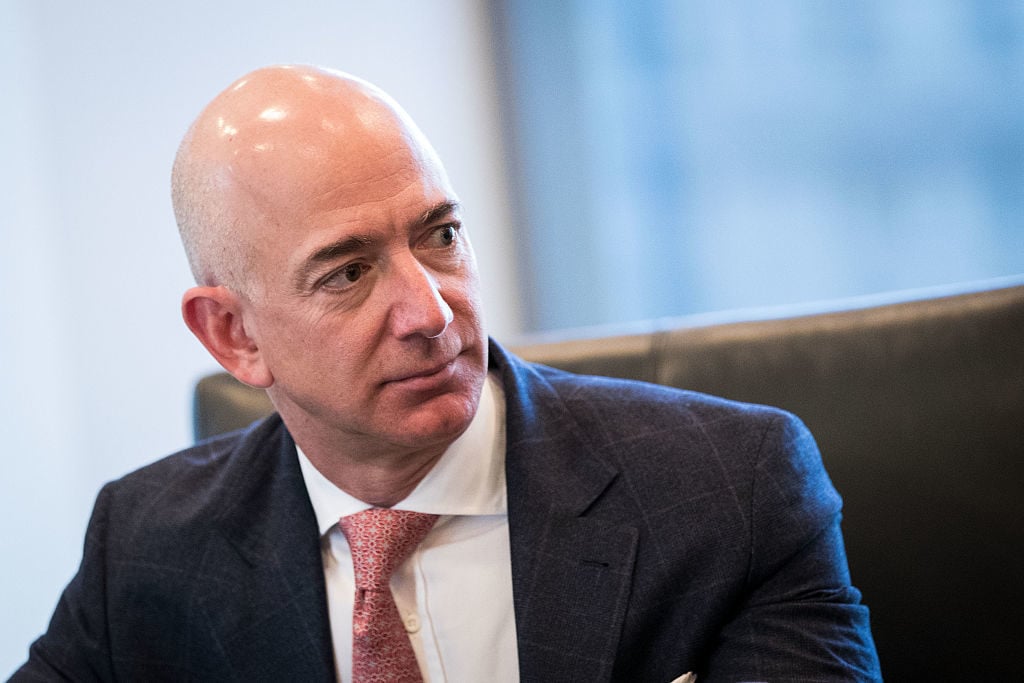
Amazon founder Jeff Bezos. Photo: Drew Angerer/Getty Images.
EVERYTHING HITS AT ONCE
We already know that time pressure has been one of the most influential forces in shaping the 21st-century art market. It’s the primary reason art fairs have exploded in number and influence since 2005, Instagram has become an unavoidable part of the industry conversation, and art advisors have become must-haves for collectors who want to be in the game without turning their attention away from their businesses.
But we’ve seen this same phenomenon play out in essentially every other area of commerce over the same span, too. In stressful times, most of us just want things to be as simple as possible—and if you don’t consider these to be stressful times, congratulations, you’re one marketing plan away from founding either a wildly lucrative mindfulness seminar or a cult.
The story of the internet era, at least when it comes to capitalism, is that we’ve moved from thinking we want an abundance of choices to realizing we want as few as possible, as long as we can be reasonably sure they’ll be good enough. We started trading options for simplicity and security, and there are relatively few signs of those preferences losing favor.
This is central to how Amazon became the Everything Store (and their AmazonBasics products started gobbling up market share from longer-tenured independent brands), all the screens you own (if you’re relatively affluent) became Apple products, and too many of your interactions with other online retailers became mediated by Facebook or Google rather than separate accounts. In the age of the attention economy, most people default to centralization if it’s more efficient than exploring alternatives. And that’s a trend that favors oligopoly, if not straight-up monopoly.
I suspect Gagosian has recognized this trend, too, and Gagosian Art Advisory, LLC is one byproduct of the observation. Assuming Paulson is as good as advertised—and I have every reason to believe she will be—then Larry’s gambit is simple: If I can build a legitimate Chinese wall between my gallery (which already has tremendous brand equity) and a capable art advisory firm that carries the same brand, why would high-end clients go through the hassle of finding, vetting, and building rapport with a completely separate art advisor?
Basically, it’s the lux art-market equivalent of Jeff Bezos saying, “You’re already happy buying your cleaning products and home goods from Amazon. Why not get your streaming video and web services here, too?”
Do I think it will work? Honestly, I do. But I’m less concerned about that outcome for the art market than about what the psychology behind it means for us everywhere else.
[The Wall Street Journal | artnet News]
That’s all for this week. ‘Til next time, remember: Just because you see a lot more of the same names doesn’t mean things haven’t been changing.
Follow Artnet News on Facebook:
Want to stay ahead of the art world? Subscribe to our newsletter to get the breaking news, eye-opening interviews, and incisive critical takes that drive the conversation forward.
